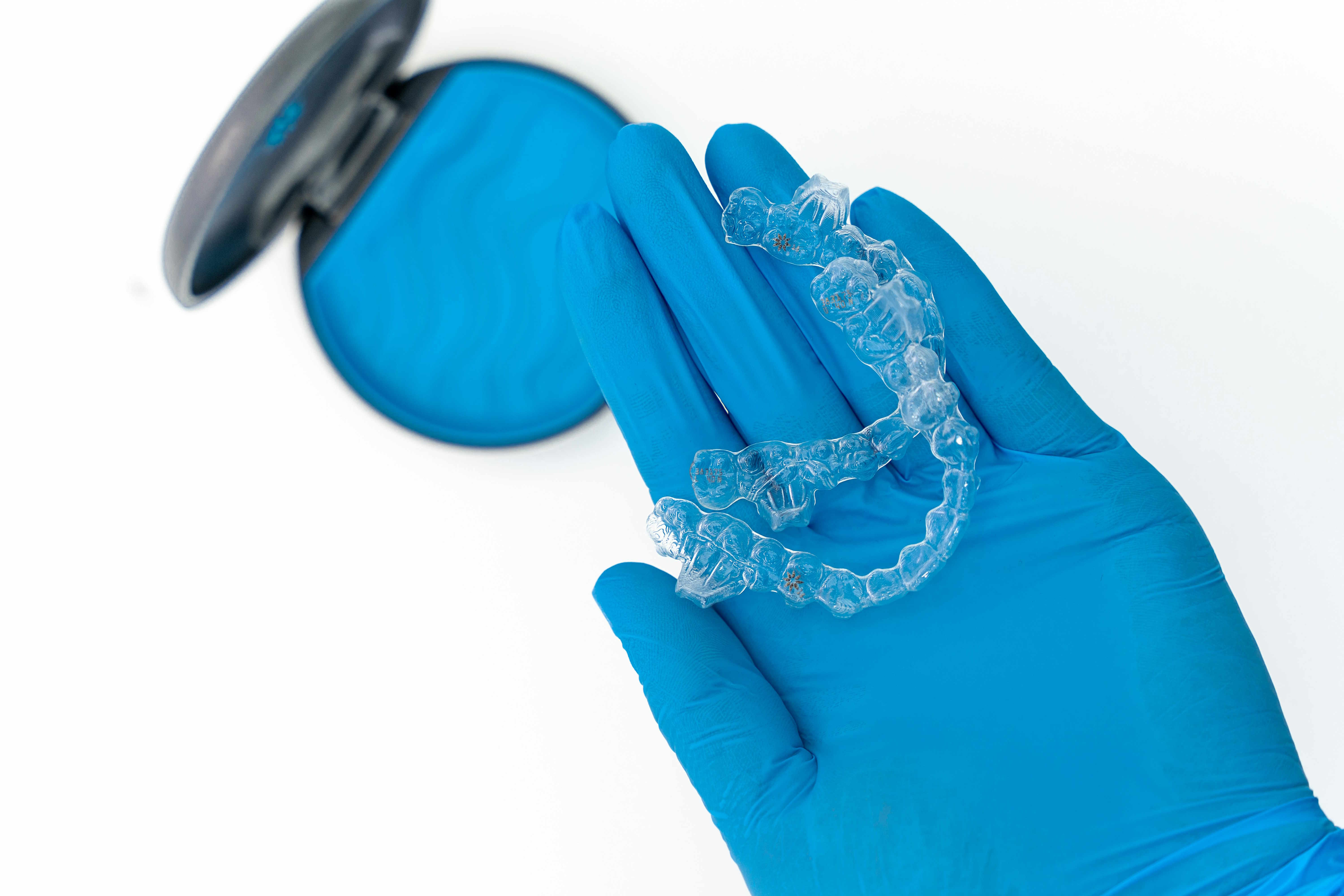Practical Guide to Lunch Boxes for Everyday Meals
A well-chosen lunch box can make daily eating simpler, healthier, and more enjoyable. Whether you pack for work, school, or travel, the right container influences portioning, freshness, and ease of cleanup. This article covers materials, packing tips, storage considerations, nutritional balance, and how bento box designs can help create satisfying meals in a compact form.

lunch box: materials and sizes
Selecting a lunch box begins with materials and size. Common materials include stainless steel, food-grade plastic, and tempered glass. Stainless steel is durable, resists odor and staining, and is often preferred for hot or oily foods. Plastic is lightweight and versatile but check for BPA-free labeling and temperature limits. Glass is inert and microwave-safe but heavier and more breakable. Size should match typical meal patterns — compact for light lunches or multi-compartment options if you like variety. Consider how the container fits in your bag and whether you need extra space for an ice pack or utensils.
Second paragraph: Think about lids and seals as part of the material decision. A secure lid with a silicone gasket reduces leaks and helps retain heat or cold. Removable inserts can adapt a single box for different meals. If you routinely carry multiple items, look for modular systems that stack or nest to save space.
food: packing for freshness and variety
Packing food for midday enjoyment is a balance of variety, stability, and convenience. Combine textures and flavors — a mix of crunchy vegetables, a protein source, a whole-grain carbohydrate, and a small fruit or treat — to keep meals interesting. Use small silicone cups or reusable picks to separate dressings and prevent sogginess. For perishable items, include an ice pack or store the lunch in a refrigerator until departure. Prepping ingredients in advance, such as roasting vegetables or cooking grains, makes assembling a fresh-looking lunch faster on busy mornings.
Second paragraph: Rotate food groups across the week to avoid repetition and nutrient gaps. Consider cold-friendly proteins like hard-boiled eggs, canned tuna, or hummus, and choose fruits that travel well such as apples, grapes, or clementines.
container: leakproof and storage considerations
A leakproof container is essential for some types of food, especially soups, stews, or saucy salads. Look for containers with trusted locking mechanisms and silicone gaskets. Test new containers with water before first use to ensure seals perform in practice. Stackability and nesting are practical features if you store multiple boxes at home. Also check whether the container is dishwasher-safe or requires hand-washing; ease of cleaning can influence how often you actually use it. Venting options for microwaving and insulated layers for temperature retention are other useful storage-related features.
Second paragraph: If you pack lunches for children or commuters who lack refrigeration, prioritize insulated containers or include frozen items that thaw by lunchtime. Consider how the container performs in different climates, and choose materials that won’t warp with repeated heating.
meal: balancing nutrition and convenience
A consistent meal structure helps maintain energy and satisfaction through the day. Aim for a balance of lean protein, fiber-rich carbohydrates, healthy fats, and colorful vegetables. Portion sizes depend on activity level and personal needs, but a simple plate-based approach—protein filling a quarter, grains another quarter, and vegetables making up half—translates well into many containers. Convenience foods like pre-washed greens, roasted chickpeas, or portioned nut packs speed up packing without sacrificing nutrients. Labeling leftovers with date and contents makes it easier to rotate and avoid food waste.
Second paragraph: For time-pressed packers, consider batch-cooking components and assembling lunches the night before. Mason jars and layered salads can keep ingredients separated until ready to eat, preserving texture and flavor.
bento box: compartments and portion control
A bento box is a compartmentalized container that supports portion control and visual appeal. Separate sections make it easy to include a main, sides, and small snacks without mixing flavors. Bentos encourage variety — rice or grains in one section, protein in another, and vegetables or fruit in smaller compartments — which naturally helps with balanced meals. Many bento-style boxes come with removable dividers and airtight lids, offering flexibility for different meal types. They also work well for meal prepping because they present an entire meal in a single, transportable unit.
Second paragraph: For those monitoring portions, bento compartments can be paired with a simple guide — fill one compartment with protein, one with grains, and the rest with vegetables and fruit. This visual method simplifies meal planning and reduces decision fatigue during busy weeks.
Conclusion
Choosing the right lunch box and packing strategy depends on your routine, dietary needs, and preferences for convenience versus variety. Paying attention to material safety, leakproof features, and compartment layout can improve meal quality and reduce waste. Small habits—like prepping ingredients in advance, using ice packs for perishables, and rotating contents—help sustain satisfying, balanced meals throughout the week.




